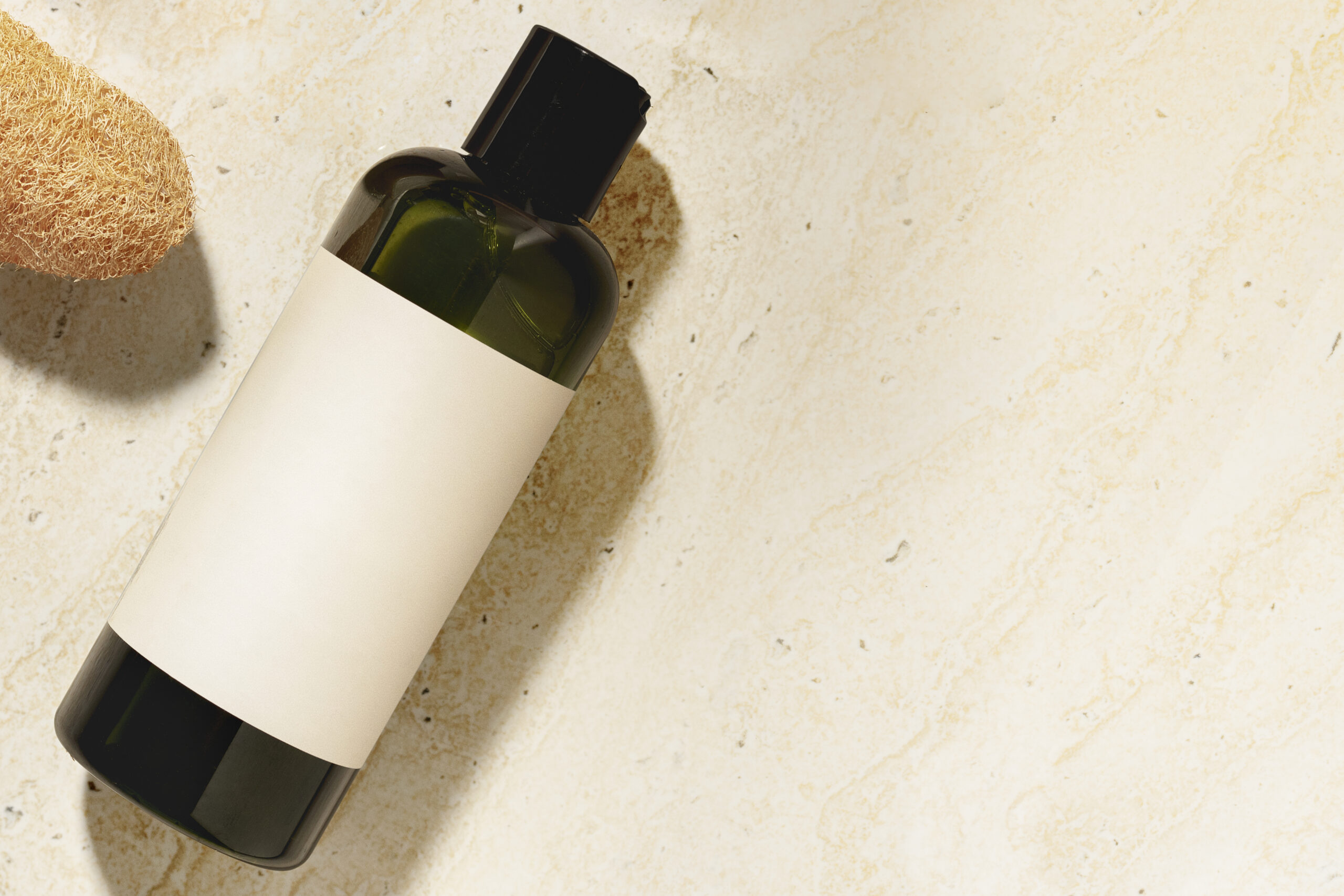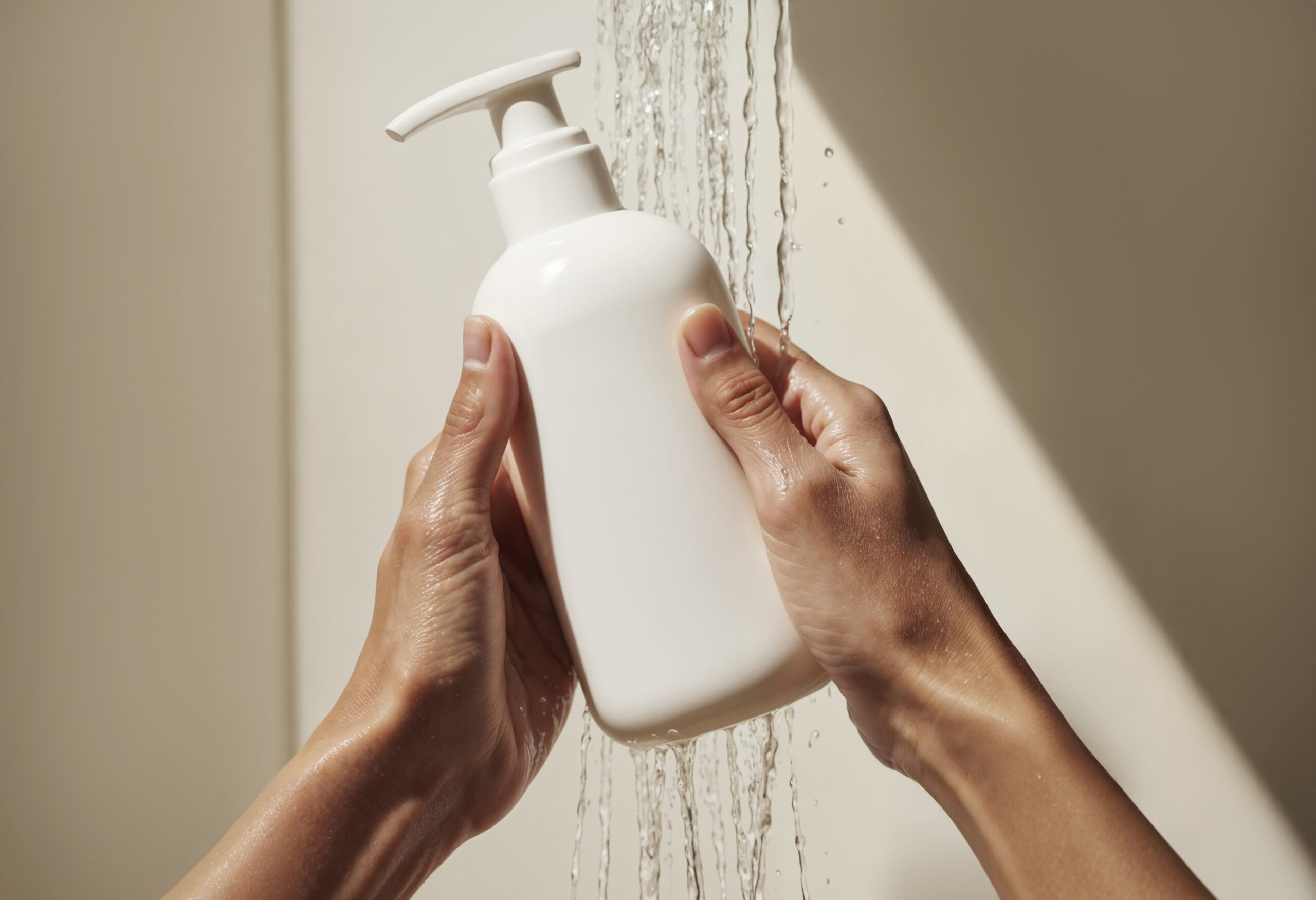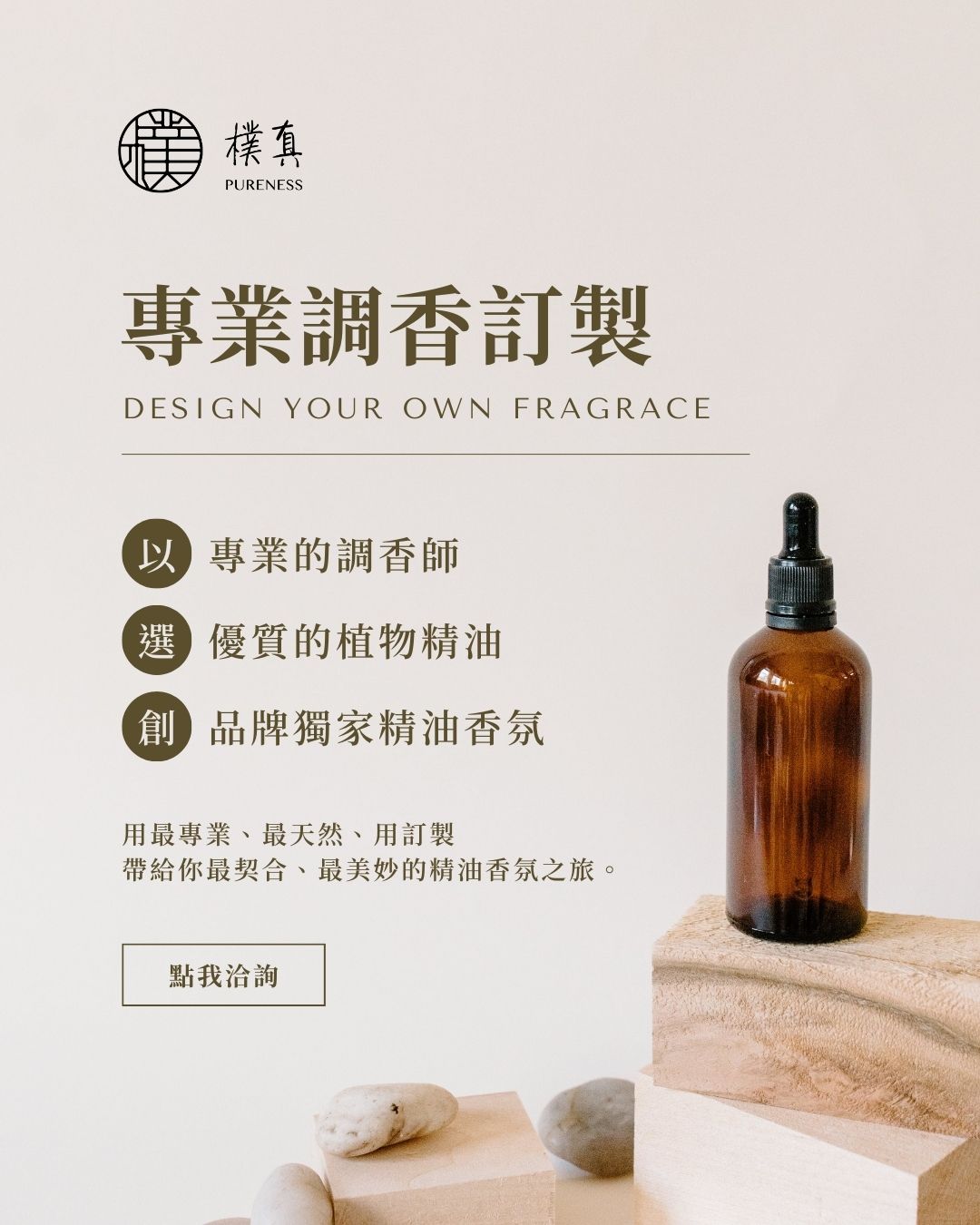
With the rising demand for personalized and natural haircare products across Asia, launching your own shampoo brand might seem like the perfect business move. However, creating a high-quality shampoo requires more than just a good idea and pretty packaging. If you're considering OEM (Original Equipment Manufacturer) production, there are critical decisions that can determine your brand's success. Here are the key factors you shouldn't overlook when partnering with an OEM for shampoo manufacturing in Asia.
1. Define Your Target Market and Hair Concerns
Before selecting ingredients or packaging, it's essential to identify your target audience and their primary haircare needs. Hair types and concerns vary widely, and consumers often look for solutions tailored to specific issues such as:
- Dry or sensitive scalp
- Hair fall and thinning
- Excess oil production
- Damage from styling or chemical treatments
- Color protection and moisture retention
Having a clear understanding of your market's needs allows you to make better choices when it comes to formulation, product claims, and marketing strategies. Whether you're catering to salon professionals, eco-conscious consumers, or the general retail market, aligning your product concept with customer expectations is crucial. clear origin traceability.
2. Choose Between Natural, Clean, or Functional Formulas
Today's Asian consumers are more ingredient-conscious than ever:
- Natural Formulas focus on plant-derived and eco-friendly ingredients. These may include botanical extracts like aloe vera, ginger, as well as essential oils such as rosemary, tea tree, peppermint, or lavender. Essential oils are a key component in many natural shampoos due to their dual roles in providing both aromatic benefits and targeted scalp or hair care support.
- Clean Beauty formulas are free from controversial ingredients like sulfates, parabens, and silicones. This trend is especially prominent in markets such as Korea and Japan, where transparency and ingredient safety are top priorities.
- Functional Shampoos go beyond cleansing by incorporating active ingredients like salicylic acid, niacinamide, or caffeine to target concerns like dandruff, scalp irritation, or hair thinning. Essential oils can also serve functional roles — for example, tea tree oil for its purifying properties, rosemary oil for scalp stimulation, or chamomile oil for soothing effects — offering a more natural route to effective hair care.
Decide how you want your brand to be positioned and ensure your OEM partner can support your formulation goals and ingredient preferences.
3. Select the Right OEM Manufacturer
When choosing an OEM partner in Asia, ask about:
- Their R&D capabilities and ingredient sourcing
- GMP/ISO certifications
- Experience with export regulations (especially if you plan to scale across borders)
- MOQs (Minimum Order Quantities) and flexibility for customization
Pro tip: Look for manufacturers familiar with herbal and traditional Asian botanicals if you're aiming for an East-meets-West appeal.
4. Consider Customization and Private Label Options
Some OEMs offer full customization (scent, texture, effect), while others may limit you to stock formulations. Ask about:
- Ability to create custom blends (e.g., rosemary + peppermint for scalp cooling)
- Adjusting pH levels or viscosity for different markets
- Creating sulfate-free formulations based on current ingredient trends
The more tailored your product is, the more it can stand out in the saturated shampoo market. At Pureness, we provide full customization services based on customer needs — including scent selection, targeted efficacy, product texture, and more. Our in-house R&D team collaborates with clients to develop unique formulations that reflect your brand identity and consumer expectations.
5. Packaging and Branding Decisions Matter
Don't underestimate the power of good design. In Asia, where visual aesthetics often drive buying decisions:
- Choose bottles that reflect your brand values (e.g., eco-friendly, premium, minimalist)
- Ensure labeling meets local language and regulation standards
- Consider packaging size variations for different channels (e.g., online retail vs. hotel amenity)

Image source: Internet
6. Understand Local Regulations and Claims
Each Asian country has specific cosmetic regulations. Common compliance concerns include:
- Ingredient restrictions (some natural oils are limited in Japan or Korea)
- Mandatory product registration
- Labeling requirements and claim restrictions (e.g., "hair growth" may be prohibited without clinical data)
Conclusion
Launching a shampoo brand in Asia offers tremendous potential, especially with the growing demand for personalized, natural, and functional haircare solutions. But success starts with the right OEM decisions — from identifying your target market and choosing the right formula to ensuring packaging and compliance are on point. With thoughtful planning and the right partners, your shampoo brand can stand out in a competitive and ever-evolving market.

Image source: Internet
PURENESS | Essential Oil Wholesale | Fragrance Product OEM
For over 20 years, Pureness has deeply cultivated the essential oil industry, offers flexible business models and imports over 200 essential oils, 250+ blends, and 50+ carrier oils globally. Since 2014, we have specialized in OEM/ODM skincare manufacturing, providing ISO22716-compliant formulation, packaging, and training. Our clean beauty range includes toners, serums, creams, gels, and masks. We ensure efficient logistics to Hong Kong, Taiwan, South Korea, and Malaysia, backed by a flexible return policy for seamless collaboration. Contact us now!
Contact Information|PURENESS
- Location: 5th Floor, No. 42, Zhongming South Road, West District, Taichung City
- Contact number: +886-4-2310-6863
- Email: sales@pureness.asia
- Contact channel: LINE@|Whatsapp|Email
More Articles

